Types of Loyalty Programs That Work Best in Retail and Ecommerce
27 May 25 

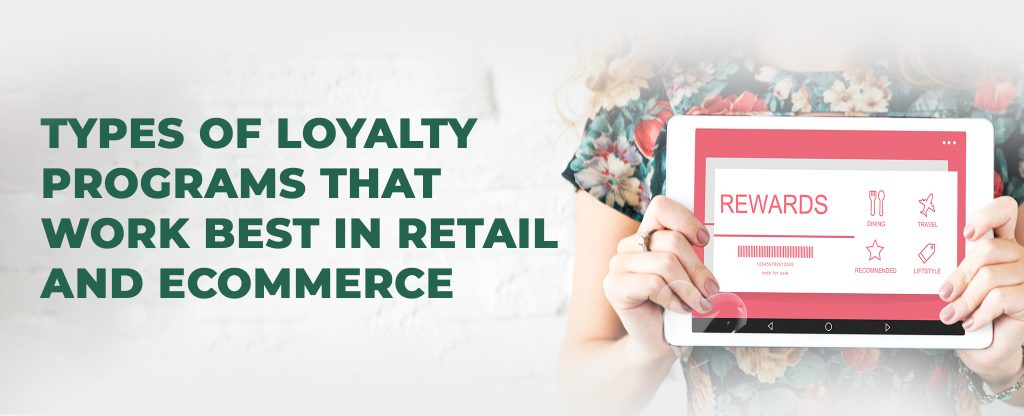
Ever wonder why customers keep returning to Starbucks even when there’s a cheaper coffee shop next door? Or why shoppers choose Amazon instead of checking other websites first? The secret isn’t just great products or service – it’s smart loyalty programs that keep customers coming back for more.
Why do businesses spend five to seven times more on acquiring new customers than on retaining existing ones? How can stores predict what customers want before they even walk in? And why does earning rewards feel as exciting as playing a favorite game?
These aren’t just marketing tricks, they’re proven strategies that turn casual shoppers into loyal customers. From morning coffee runs to late-night online shopping sprees, loyalty programs are quietly working behind the scenes, making customers feel valued while building billion-dollar businesses.
Key Takeaways
Here’s what this guide covers:
- 7 different types of loyalty programs that actually work (with real examples from major brands)
- Why some programs fail while others create customer obsession
- The psychology behind why people love collecting points and climbing tiers
- How to measure success beyond just sign-up numbers
- Future trends that will shape loyalty programs in the coming years
- Common mistakes that kill program engagement before it starts
- Practical insights applicable to both small businesses and major brands
What is a Loyalty Program?
A loyalty program is a structured marketing strategy designed to encourage customers to continue shopping with a brand by offering rewards, discounts, or other incentives based on their purchasing behavior. These programs create a system where customers earn benefits for their repeat business, typically through points, tiers, cashback, or exclusive perks.
At its core, a loyalty program is a mutual benefit system. Customers receive tangible value for their continued patronage, while businesses gain increased customer retention, higher average order values, and valuable customer data. Modern loyalty programs go beyond simple transactional rewards to create emotional connections and community around a brand.
The most effective loyalty programs are those that align with customer needs and shopping behaviors. They can range from simple punch cards at local coffee shops to sophisticated digital platforms that track purchases across multiple channels and offer personalized rewards based on individual preferences and buying patterns.
Why Loyalty Programs Actually Work?
Understanding customer behavior comes down to basic human psychology.
People love getting something back when they give something. This reciprocity is hardwired into our brains. When stores give customers points or rewards, customers feel obligated to return the favor usually through more purchases.
People also love feeling special. VIP status or exclusive access makes customers feel important. Everyone enjoys the dopamine hit when earning points or unlocking a new level.
The best loyalty programs tap into these feelings without making it obvious. They make earning rewards feel natural, fun, and worthwhile.
Points-Based Loyalty Programs: The Classic That Never Gets Old
Points programs are everywhere because they work. Buy something, get points. Collect enough points, get free stuff. Simple concept, powerful results.
Starbucks Rewards turned this simple idea into an art form. Customers earn “Stars” with every purchase, but the company made it interesting. Different payment methods earn different amounts. Special days give bonus points. The mobile app shows progress with satisfying visual bars that fill up as customers get closer to free drinks.
What makes Starbucks brilliant is how they gamified the entire experience. Customers aren’t just buying coffee – they’re collecting stars, unlocking rewards, and getting personalized offers that make them feel recognized.
Sephora’s Beauty Insider takes points beyond just discounts. Members can get products, but they can also book beauty classes, get early access to new launches, or score exclusive experiences. The program turned points into keys that unlock experiences money can’t buy.
Mindster’s Inframat loyalty program shows how this works in specialized retail. Customers earn points with each purchase, then watch their status climb through Silver, Gold, and Platinum tiers. Each milestone comes with prizes, creating clear goals that keep customers engaged. It combines simple points earning with the excitement of tier advancement – the best of both worlds.
The secret ingredient? Make earning points feel effortless and make spending them feel exciting.
Tiered Loyalty Programs: Because Everyone Loves Leveling Up
Tiered programs are like video games for shoppers. Start at the bottom, work your way up, unlock better perks as you go. They work because people are competitive creatures who love status and progression.
Amazon Prime basically reinvented this concept. Instead of multiple tiers based on spending, they created one premium tier that costs money upfront. Genius move. Once customers pay that annual fee, they feel committed to shopping more just to get their money’s worth. Plus, the benefits are actually useful – free shipping, streaming, exclusive deals.
Delta SkyMiles shows the traditional approach with Silver, Gold, Platinum, and Diamond levels. Each tier gets better perks like priority boarding, free upgrades, and bonus points. It works because the benefits solve real problems that frequent flyers face.
The key is making each tier feel achievable but meaningful. Nobody wants to climb a mountain for a 5% discount, but they’ll work hard for benefits that genuinely improve their experience.
Cashback and Credit Programs: Cold Hard Cash Talks
Sometimes the best reward is the simplest one – money back. Cashback programs appeal to practical shoppers who want immediate, tangible benefits without the complexity of points or tiers.
Rakuten built an entire business around this concept. Shop through their site or app, get a percentage back as cash. No points to track, no tiers to climb, no expiration dates to worry about. Just money back in customers’ pockets.
Target’s RedCard offers 5% back on everything, plus free shipping and extended returns. It’s so straightforward that it becomes a no-brainer for regular Target shoppers. Why wouldn’t customers want 5% off everything they buy there?
These programs work because the value is crystal clear. Spend $100, get $5 back. Simple math that everyone can understand and appreciate.
Subscription-Based Loyalty Programs: Pay to Play
These programs flip the script – instead of earning their way to benefits, customers pay upfront for exclusive access. It sounds backwards, but it can create incredibly loyal customers.
Costco’s membership model proves this works. Pay the annual fee, get access to warehouse prices and bulk quantities. The membership fee creates a psychological commitment – customers have already invested, so they want to make it worthwhile by shopping there more often.
REI Co-op charges a one-time $30 fee for lifetime membership. Customers get annual dividends, exclusive sales, and access to outdoor classes. It feels less like a shopping program and more like joining a community of outdoor enthusiasts.
The trick is making sure the benefits clearly outweigh the cost, and that customers see enough value to justify paying upfront.
Gamification: When Shopping Feels Like Playing
Gamified programs add game elements to make earning rewards more fun and engaging. Think challenges, badges, leaderboards, and achievement tracking.
Nike Run Club creates loyalty without traditional purchase rewards. Users earn badges for completing workouts, participating in challenges, and hitting milestones. It doesn’t directly reward purchases, but it builds such strong brand connection that it drives sales anyway.
McDonald’s Monopoly campaigns create nationwide excitement with game pieces that could win anything from free fries to cars. The limited-time nature and instant-win possibilities make it irresistible.
Gamification works when it feels natural and fun, not forced. The game elements should enhance the experience, not complicate it.
Coalition and Partnership Programs: Strength in Numbers
Coalition programs let customers earn and spend rewards across multiple brands, making points more valuable and useful.
Airline alliance programs like Star Alliance let customers earn miles on one airline and use them on partner airlines, hotels, and car rentals. This works because travelers naturally use multiple services, and the partnerships make the miles more versatile.
The challenge is managing multiple partners and keeping the experience seamless across all brands. When done right, coalition programs offer more value than single-brand programs. When done wrong, they become confusing messes that frustrate customers.
Community and Social Loyalty Programs: More Than Just Shopping
These programs build loyalty through shared values and community rather than just transactions.
Patagonia creates loyalty through environmental activism and repair services. They’re not running a traditional points program, but their commitment to sustainability creates deep emotional connections with environmentally conscious customers.
Lululemon’s ambassador program turns customers into brand advocates through exclusive access and community events. Ambassadors help influence product development, creating ownership and belonging that goes beyond typical customer relationships.
These programs work best for brands with strong values or lifestyle connections where customers want to feel part of something bigger.
Technology and Mobile Integration: The Digital Advantage
Modern loyalty programs live on smartphones, and the best ones make everything seamless and convenient.
Dunkin’s DD Perks shows how mobile-first design works. The app handles ordering, payment, and rewards all in one place. Location-based offers pop up when customers are near a store. Everything happens automatically in the background.
Target Circle bridges digital and physical shopping, letting customers activate offers in the app and earn rewards whether they shop online or in-store. The omnichannel approach means rewards work everywhere customers shop with Target.
What Makes Programs Successful vs. What Kills Them
Successful programs share common traits:
- Clear, simple earning and redemption rules
- Rewards that customers actually want
- Seamless technology that works reliably
- Regular communication that adds value
- Benefits that solve real customer problems
Failed programs typically suffer from:
- Overly complex rules and structures
- Rewards that feel cheap or irrelevant
- Technical problems and poor user experience
- Spam-like communications that annoy customers
- Benefits that don’t justify the effort required
Key Metrics That Actually Matter
Don’t just count sign-ups – measure engagement and business impact:
Customer Behavior Metrics:
- How often do members shop vs. non-members?
- Do they spend more per visit?
- How long do they stay customers?
- Do they try new products or categories?
Program Health Metrics:
- What percentage of members are active?
- How often do they redeem rewards?
- Are they progressing through tiers (if applicable)?
- Do they engage with program communications?
Business Impact Metrics:
- How much extra revenue comes from the program?
- Does it reduce customer acquisition costs?
- Are program members more profitable?
- Do they refer to friends and family?
What’s Coming Next: Future Trends to Watch
Artificial Intelligence is making programs smarter with personalized offers that actually match what customers want, not just what they bought last time.
Sustainability focus is growing as customers, especially younger ones, prefer brands that align with their values. Programs that incorporate charitable giving or environmental impact are seeing higher engagement.
Cryptocurrency and blockchain are emerging in some programs, offering new ways to earn and redeem rewards while solving some traditional problems around point transferability.
Voice commerce and smart devices are creating new ways to interact with loyalty programs, though security and user experience remain challenges.
Building Loyalty That Actually Lasts
The best loyalty programs understand something important: businesses can’t buy loyalty with discounts alone. Real loyalty comes from consistently delivering value, creating emotional connections, and genuinely caring about customers.
Whether it’s Starbucks making morning routines more rewarding, Amazon Prime making life more convenient, or Patagonia connecting with customer values, successful programs become part of customers’ lives rather than just another marketing campaign.
The secret isn’t in the specific type of program chosen – it’s in understanding customers deeply, aligning rewards with what they actually value, and continuously improving based on their feedback and behavior.
In a world where customers have endless choices, loyalty programs remain one of the most powerful tools for building lasting relationships. But only for brands willing to invest in creating genuine value and meaningful connections with their customers.
The future belongs to programs that combine traditional rewards with innovative technology, community building, and purpose-driven engagement. Success means moving beyond points and discounts toward creating comprehensive experiences that make choosing a brand feel like the obvious and rewarding choice.
Ready to Build Your Own Loyalty Program?
Creating a successful loyalty program requires the right strategy, technology, and execution. Whether you’re looking to implement a points-based system like Mindster’s Inframat program, or exploring other loyalty models, having the right partner makes all the difference.
At Mindster, we specialize in developing comprehensive loyalty solutions that drive real business results. Our proven track record with programs like Inframat’s tiered points system demonstrates our ability to create engaging customer experiences that boost retention and increase lifetime value.
Ready to transform your customer relationships? Contact Mindster today to discuss how we can help you design and implement a loyalty program that works for your business and delights your customers.
- Agentic AI1
- Android Development3
- Artificial Intelligence34
- Classified App3
- Custom App Development5
- Digital Transformation12
- Doctor Appointment Booking App14
- Dropshipping1
- Ecommerce Apps40
- Education Apps2
- Fintech-Apps37
- Fitness App4
- Flutter4
- Flutter Apps20
- Food Delivery App5
- Grocery App Development1
- Grocery Apps3
- Health Care10
- IoT2
- Loyalty Programs9
- Matrimony Apps1
- Microsoft1
- Mobile App Maintenance2
- Mobile Apps129
- Product Engineering6
- Progressive Web Apps1
- React Native Apps2
- Saas Application2
- Shopify9
- Software Development3
- Taxi Booking Apps7
- Truck Booking App5
- UI UX Design8
- Uncategorized6
- Web App Development1








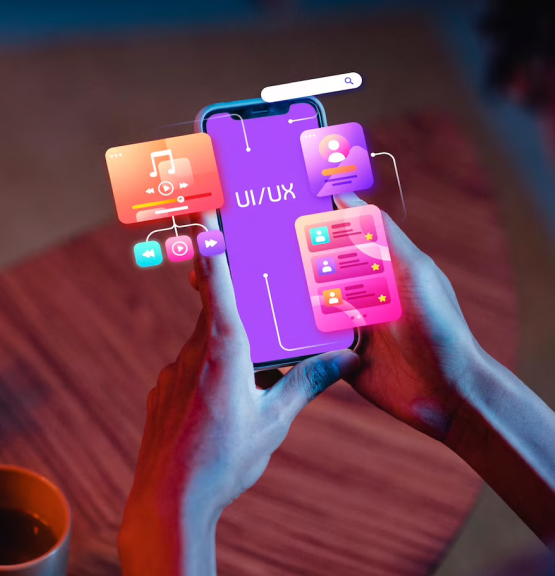
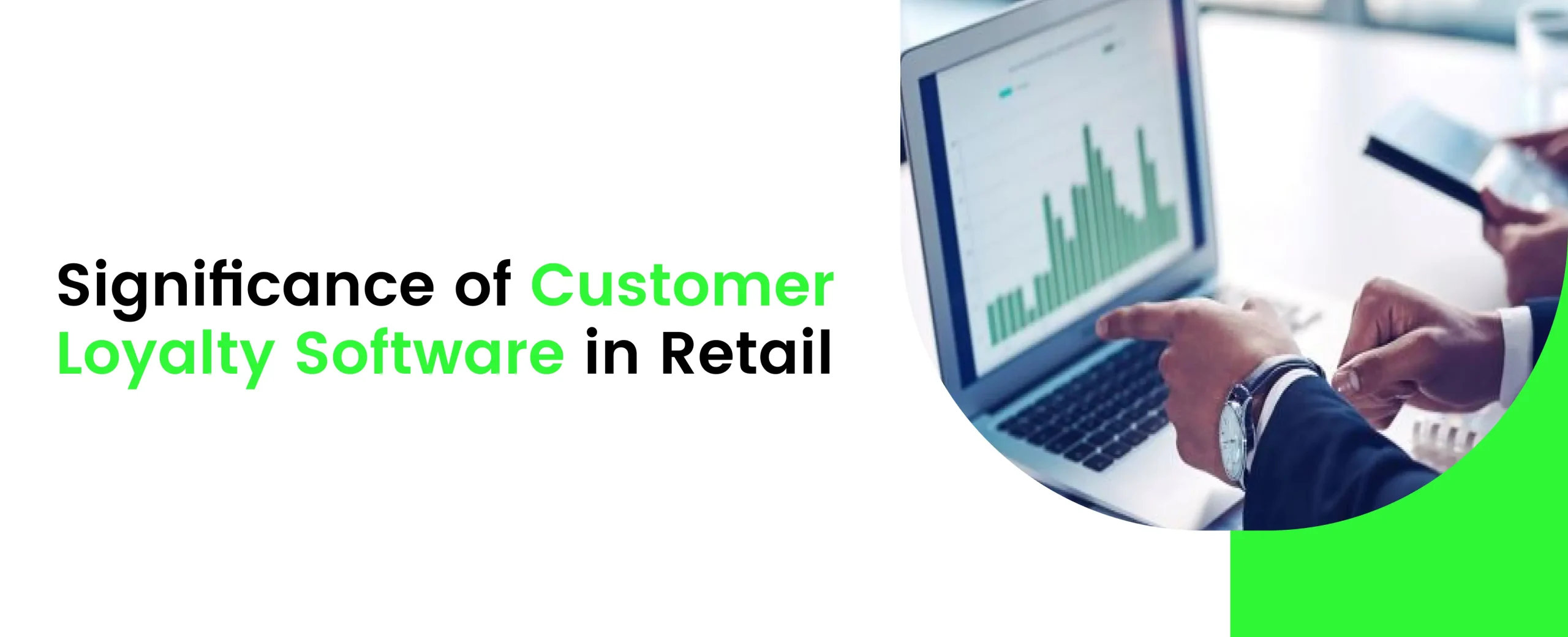
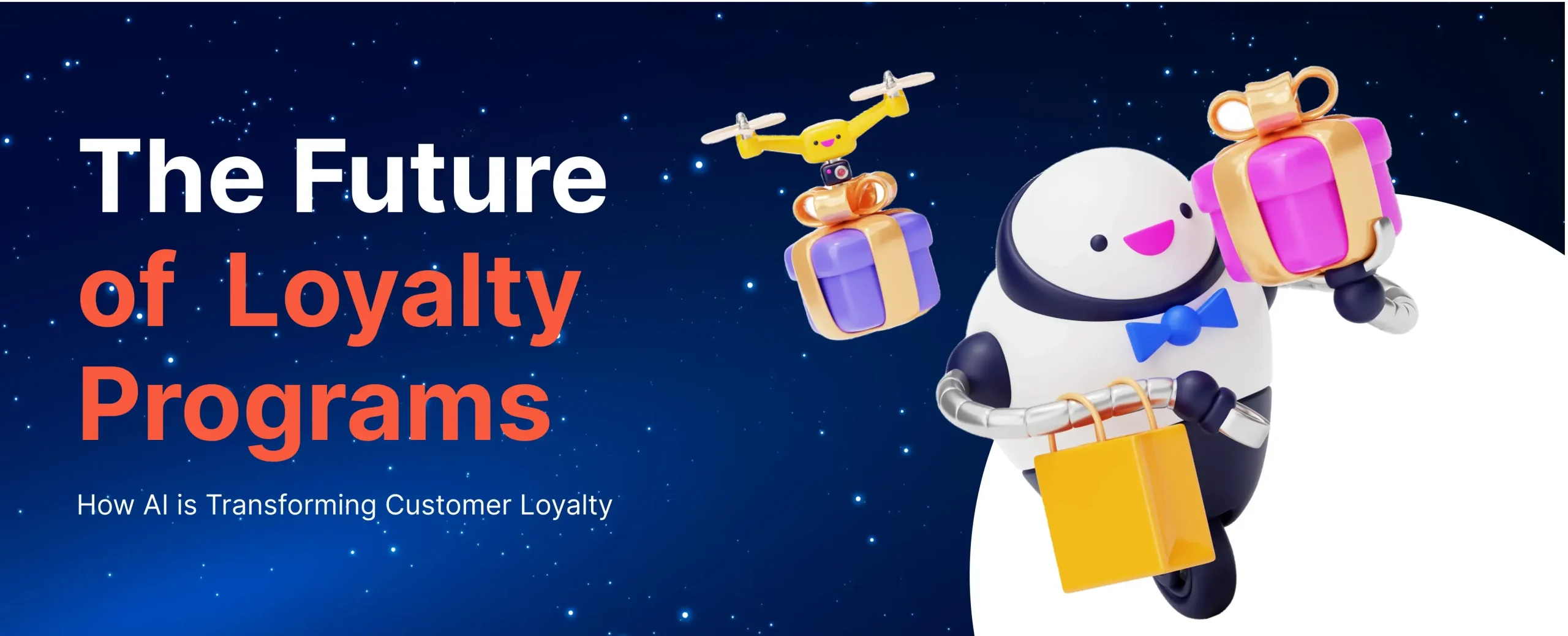
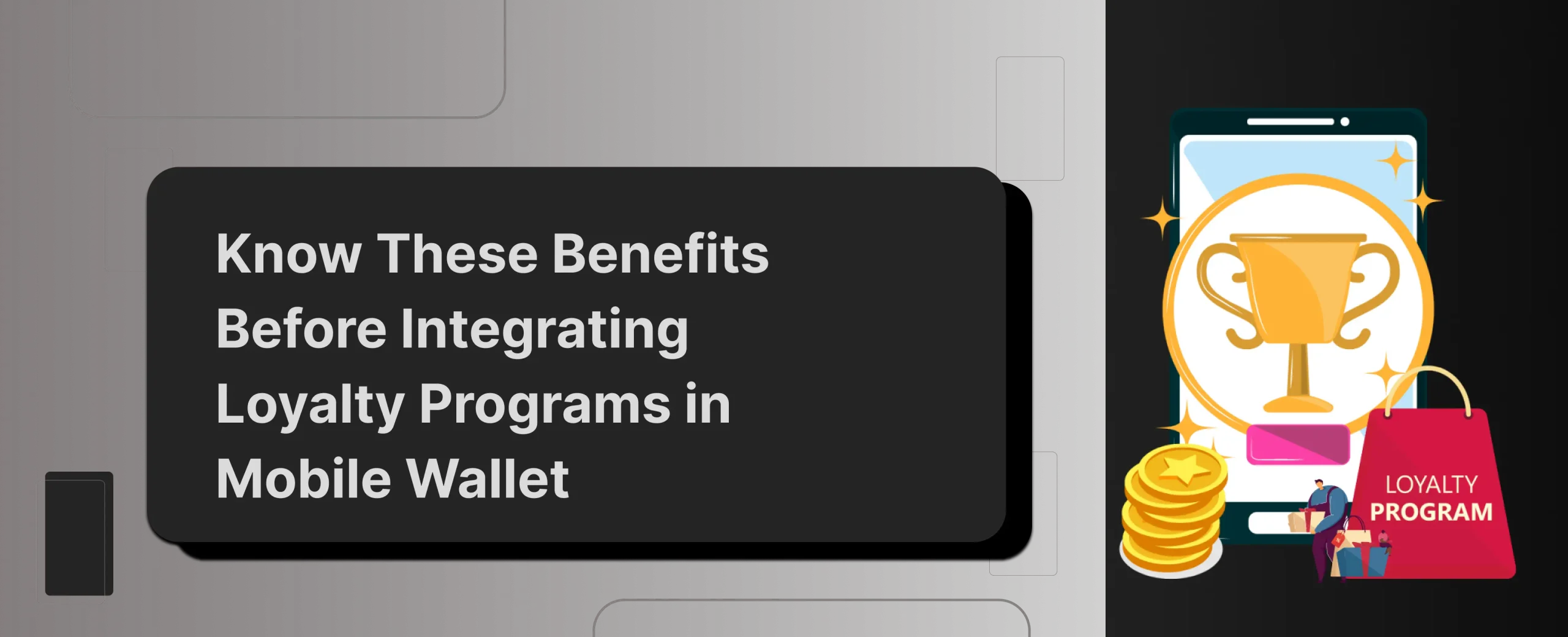
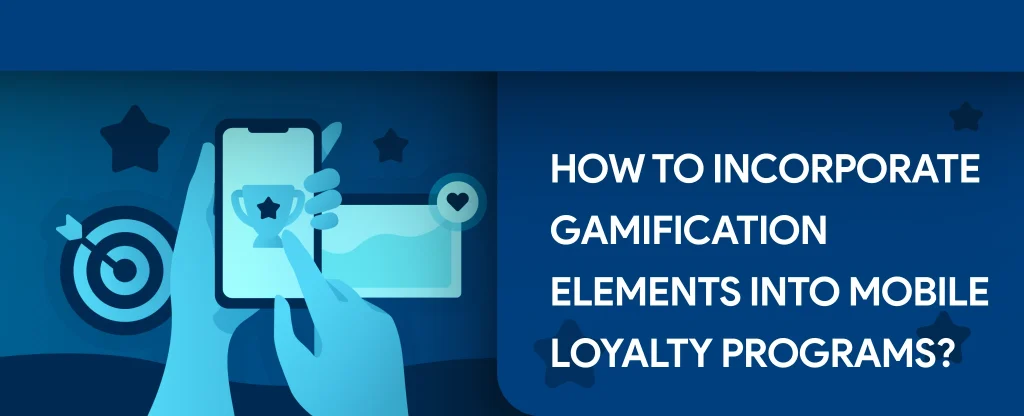






Comments